The Importance of Pilot-Master Relationship on Ships
Once the marine pilot is on board the ship, the first thing he seeks from the ‘bridge team’ is the Pilot Card. This is his first window to the nature of the ship he is entrusted to guide and navigate.
The Pilot Card reveals the vessels LOA (Length Over All), its beam, its dead weight, its tonnage, its draft forward and aft, the engine’s RPM & speed (both ballast & loaded) during its different phases of ahead and astern (e.g.-dead slow ahead) the nature of the propeller (i.e. whether CPP, VPP, normal right handed, Schottel, Voith Schneider, etc), her bow & stern thruster’s power, if available and other technical details.
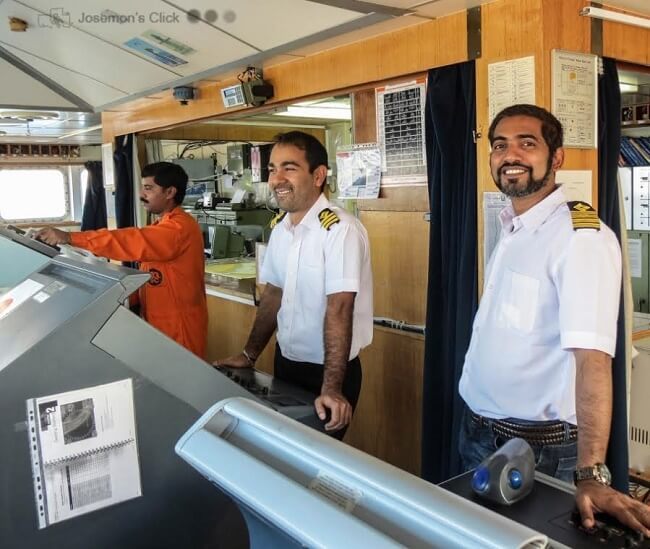
Taking a glimpse at the pilot card, the pilot judges the nature of the ship and works his plan accordingly. He confirms the nature of canting of the vessel, i.e. in which direction the bow or the stem of the vessel will move – due to the effects of screw race and transverse thrust – once the engines are put on astern. He also takes a look at all the navigation equipment tools of the ship.
Minutes within the movement of the vessel under his guidance, the pilot tries to confirm his preliminary guess about the ship’s behavior. Naturally, here, his experience falls short of the ship’s master, who knows his ship far better just because of the simple fact that he has spent more time than his guest on the bridge.
But where the pilot is at a distinct advantage over the ship’s bridge team is his acquaintance with the domain in which the vessel is plying. It can be confined waters, a channel, a river, a creek, an estuary or even out at sea, where he has to maneuver and make either an approach or sheer out from the berth or jetty. He knows the underwater shallow points, the prevailing wind direction and its effects on the freeboard of the ship, the current of tide or eddies etc. He also knows how to use the marine navigation systems and electronic tools in the most efficient manner in such areas. This makes his place on the bridge virtually indispensable.
Clearly, the master and pilot have their own strongpoint and it is the best possible option to utilize both of their expertise for the safe passage of the ship. Thus a synergy between the pilot and the master is necessary to avoid any hazard. The relationship, naturally, will have to be of mutual respect and mutual trust. The master is however at liberty to interfere at any point of time if he sees his vessel is in danger. But it is expected that he informs the pilot about the impending danger and then takes appropriate corrective measure or even take over the control of his vessel.
Again at times it is seen that the pilot is taking some calculated risk which the master fails to endorse. The master ignores the advice. It is imperative on the part of the pilot to make him understand, if time permits, when he sees that the master is uncomfortable. Only time will tell who was on the right side of things. However, if the master endangers port installation in the process, the pilot is required to inform the shore station that he has no longer the “conn” of the vessel.
If the master now wants to re-entrust the “conn” of the vessel to the pilot, he generally has to give a verbal or written undertaking before the things start all over again.
Thus, into thick of things, it is expected of both the master and the pilot to shun their ego and co-operate and co-ordinate with each other so that the vessel is berthed safely or she sails out without any hustle.
Do you have info to share with us ? Suggest a correction
Latest Marine Navigation Articles You Would Like:
Subscribe To Our Newsletters
By subscribing, you agree to our Privacy Policy and may receive occasional deal communications; you can unsubscribe anytime.



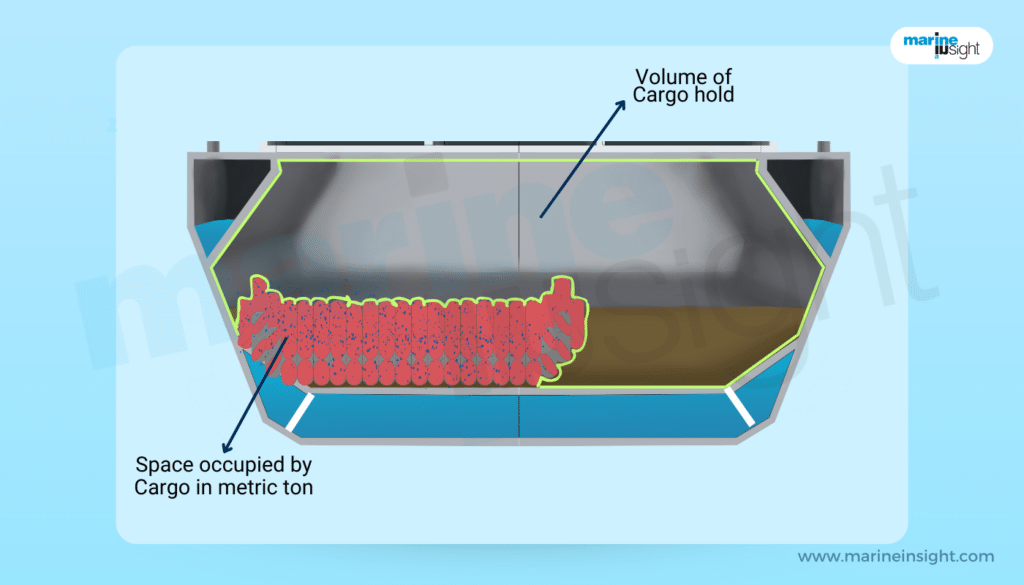
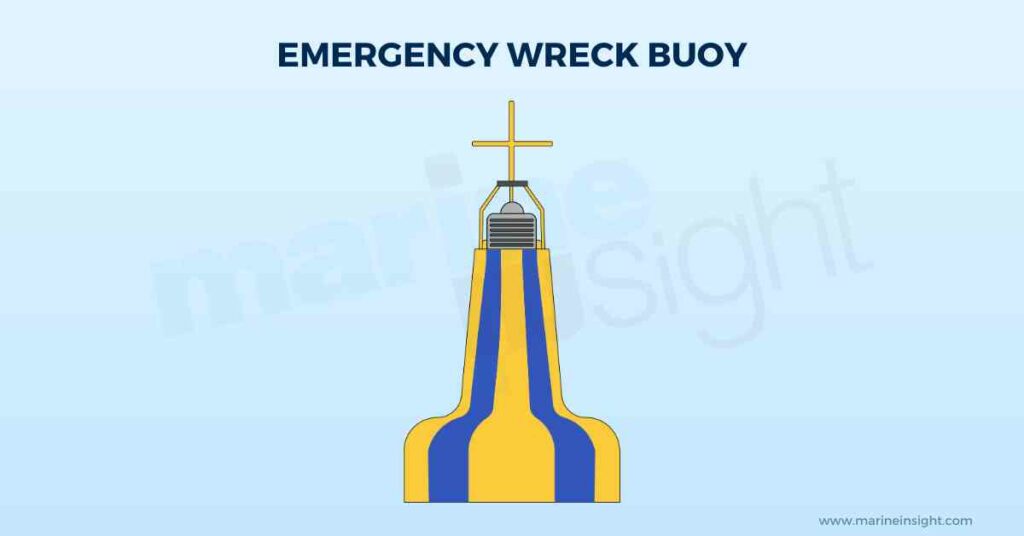

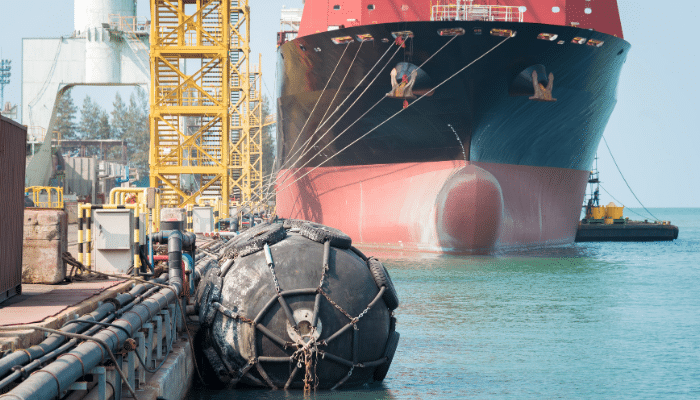
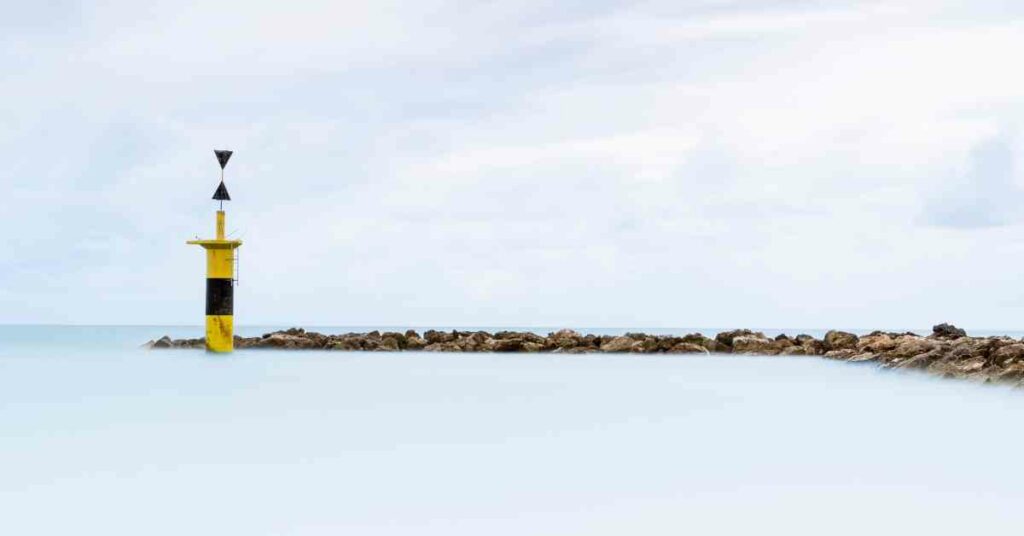
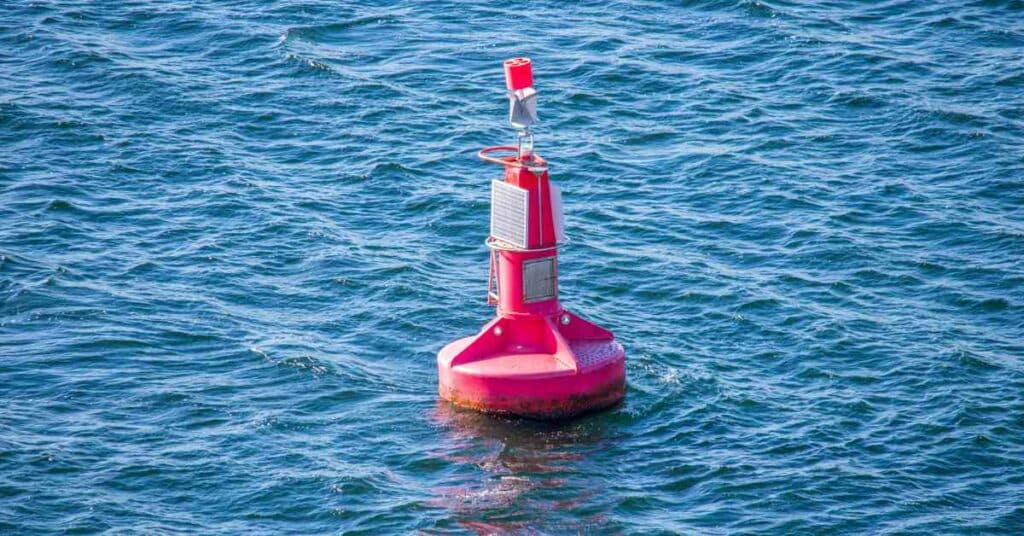

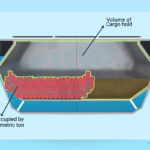
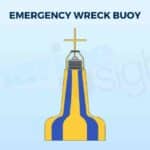

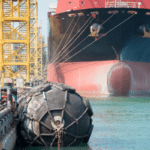
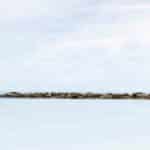
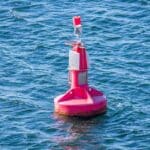
I see interesting the subjects you are commenting . I would like to receive news about it. Thank you for let me join.
i was surprised to read the ship called “its ” instead of “her”
as we may know the ship has a personality, name, nationality , ID etc…
so vessel cannot be called it , but she
Thanks
interest to you
My comments may seem to be out of date because I had been both a harbour pilot in port of Rangoon and also a Master or liner ships of Burma Five Star during 1954- 74 , some 40-60 years ago and procedures have changed internationally in the interest of safety. However, I believe this problem will continue to exist , as long as a licensed pilot is required to be engaged by the ship. I fully endorse the writer’s opinion. My onky comment is in narrow and hazardous tidal waters like the Hooghly or Rangoon ( now Yangon) port, even if the Master feels that the ship is getting into danger, it is extremely difficult to decide WHEN to take over from the Pilot if he wishes because the accident could happen so fast before you can take effective control of the ship from the Pilot who knows the local conditions and situation better than you and you have to take the risk that you can save the situation.
By the way, If any of my ex- DUFFERIN pals of 1941-44 happen to read this , let me welcome you. I am Kyaw Thein, Cadet 566. Most of my batch became AHM or River Pilots in the Hooghly, DK Vaswani, JN Suri, Rusy Mistry,KK Modok just to name a few. Some of them are no longer with us.
even that i have been in touch with many people connected with navigation with private yachts, cruise ships, usn uscg ships, among others, after reading these articles, gets to my mind something that i did not know or have talked in the past. never too late to learn new topics, thank you very much and two thumbs up!!
I like to join also. I am an iranian captain